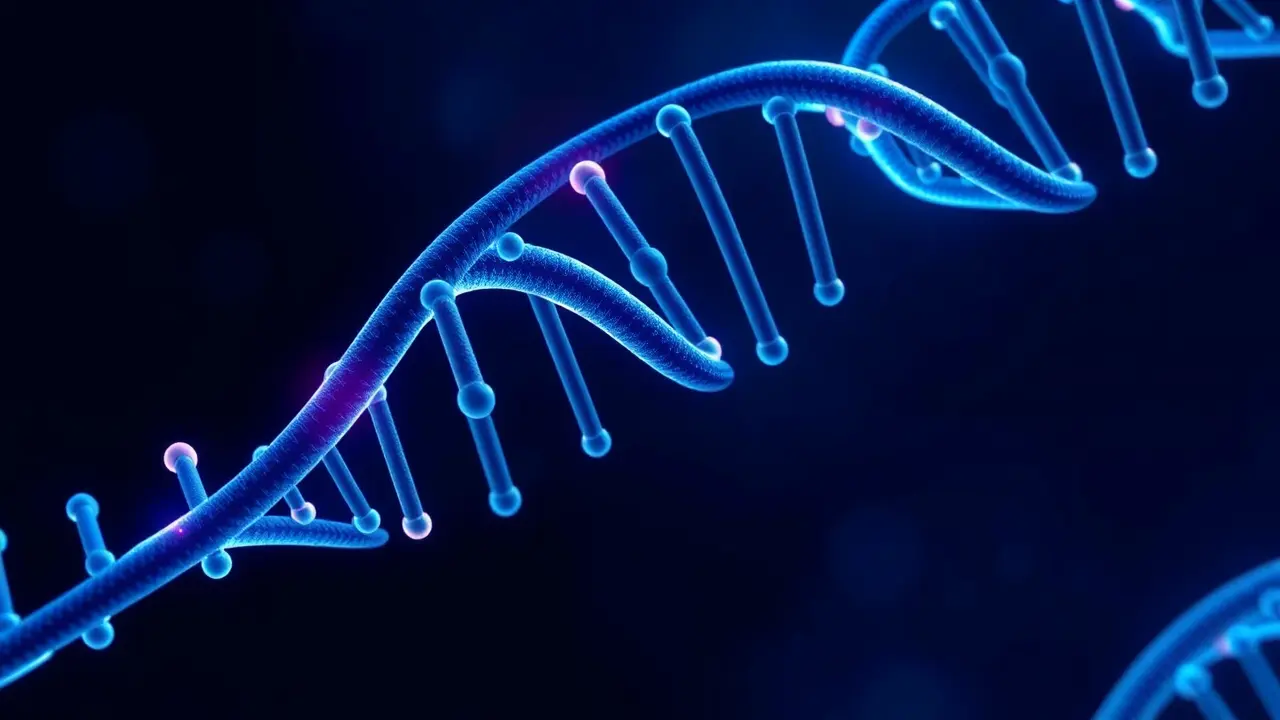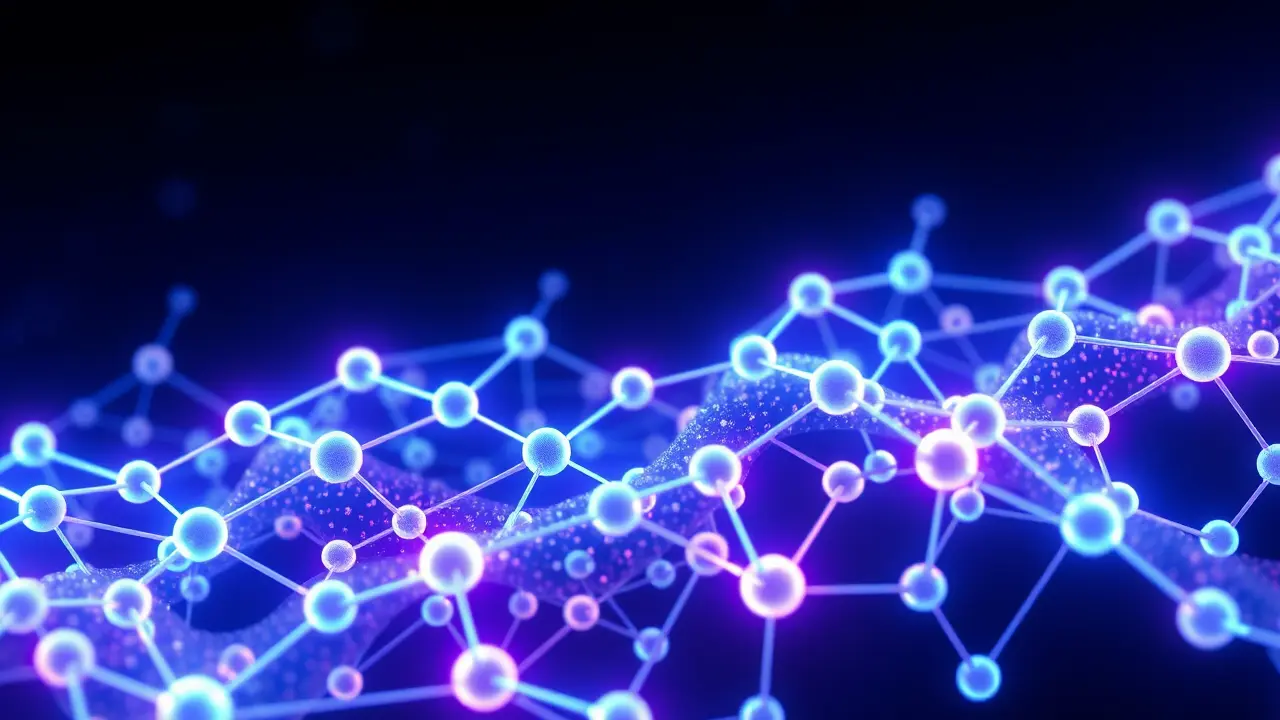
SciencechemistryGreen Chemistry
DNA’s hidden power could transform how we make medicines
KE
Kevin White
4 hours ago7 min read2 comments
The very scaffold of life, DNA, has revealed a hidden talent that could fundamentally reshape the pharmaceutical industry, moving us toward a future of cleaner, more precise drug manufacturing. Scientists have made the stunning discovery that the molecule's phosphate backbone isn't just a passive structural element; it can actively direct chemical reactions to produce the correct mirror-image form, or enantiomer, of a drug molecule.This breakthrough tackles one of the most persistent and wasteful challenges in synthetic chemistry: chirality. Many drug molecules exist as two non-superimposable mirror images, much like a pair of hands.While they may look identical, their biological activity can be dramatically different—one version might be a life-saving therapeutic, while its mirror twin could be inactive or even cause devastating side effects, as tragically exemplified by the thalidomide disaster of the late 1950s. Historically, producing a single, pure enantiomer has been a resource-intensive nightmare, requiring complex catalysts, multiple purification steps, and generating significant chemical waste, a process that runs counter to the principles of green chemistry.The new research, however, leverages DNA's innate chirality as a tool. By employing an innovative technique dubbed 'PS scanning,' the team was able to systematically map and pinpoint the exact phosphate-sugar units within the DNA structure that act as the master guides, steering reactants to form the desired chiral drug with remarkable precision.This biomimetic approach, essentially hijacking nature's own machinery, simplifies production to an unprecedented degree, slashing energy consumption and minimizing toxic byproducts. For the biotech and pharmaceutical sectors, the implications are staggering.Imagine a production line for critical medications like antidepressants, antivirals, or cancer therapies that is not only more efficient and cost-effective but also radically more sustainable. This isn't merely an incremental improvement; it's a paradigm shift from brute-force synthesis to elegant, DNA-guided assembly.The work sits at the thrilling convergence of synthetic biology and medicinal chemistry, suggesting a future where we design not just the drug molecule itself, but also the biological template that builds it flawlessly. While scaling this from the lab bench to industrial vats presents the next frontier of engineering challenges, the foundational principle offers a powerful new weapon in the quest for greener, smarter pharmaceuticals, potentially revolutionizing how we fabricate the complex molecules that safeguard human health.
#featured
#DNA
#phosphate groups
#chiral drugs
#green chemistry
#pharmaceutical production
#PS scanning
#research breakthrough
Stay Informed. Act Smarter.
Get weekly highlights, major headlines, and expert insights — then put your knowledge to work in our live prediction markets.
Related News
© 2025 Outpoll Service LTD. All rights reserved.


